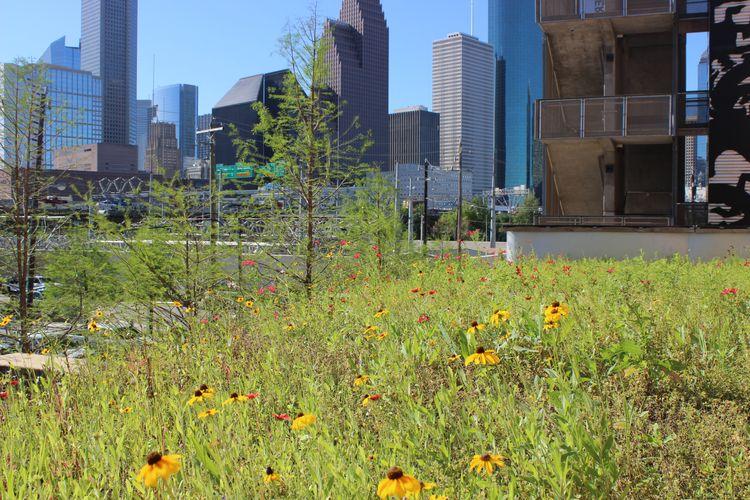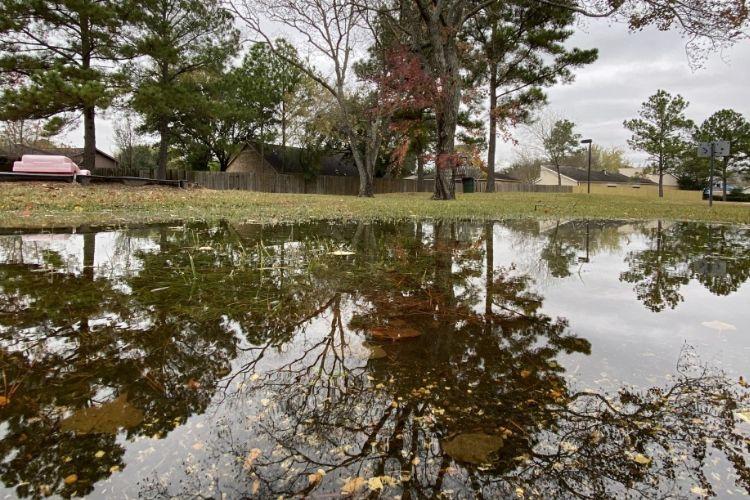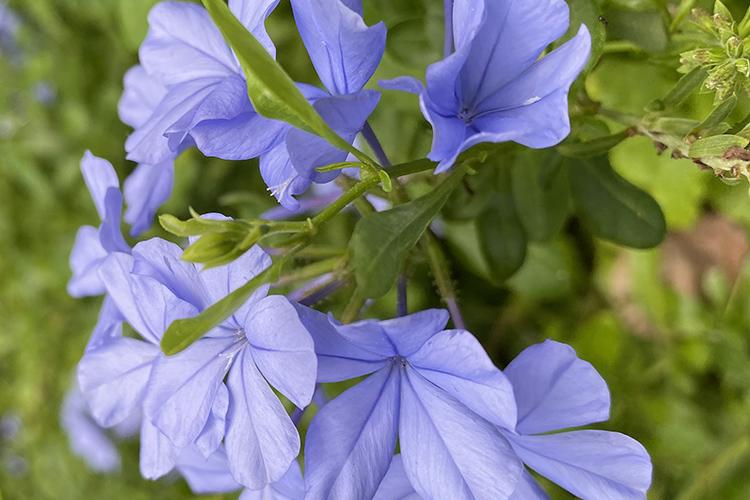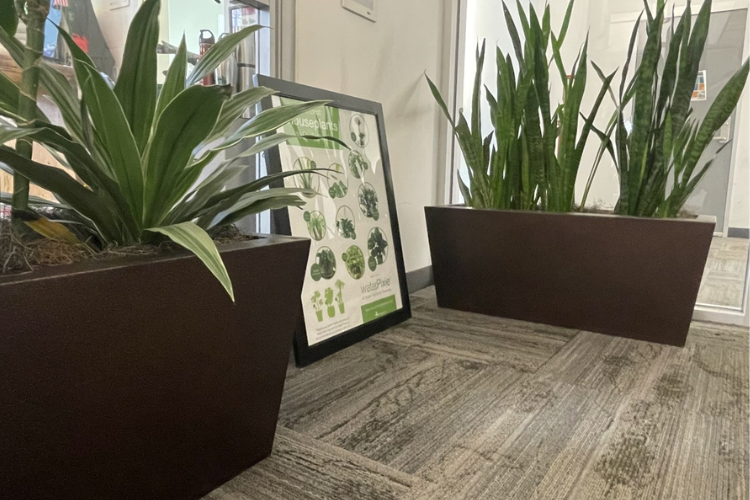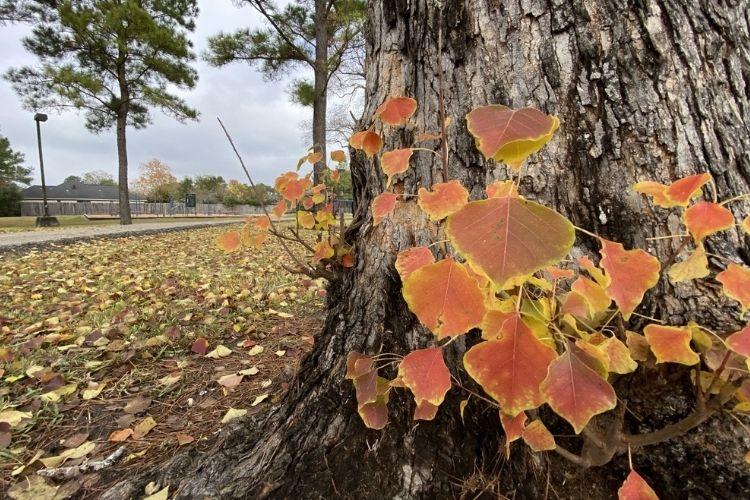Where we build is literally the foundation of green building. A building’s location has far-reaching effects well beyond its own boundaries.
Selecting a previously developed site takes advantage of existing utilities and transportation infrastructure and is intuitively superior to clearing a site from farmland a virgin ecosystem, or wetlands that maybe further away from supporting businesses and employees. Explore mass transit options, and promote carpooling with neighbors and co-workers. Encourage bike commuting on Houston’s extensive network of bike paths. Add bicycle racks and showers for building occupants, or join a nearby gym.
A site within walking distance of urban amenities, restaurants and services, is a huge benefit to all occupants.
Balance the building footprint with parking and open space. The goal is to exceed local requirements for open previous space, and provide less impervious, heat retaining parking.
Build above the 100 year flood plain, as defined by F.E.M.A., and locate the building to minimize disturbance of existing natural features. For example, capitalize on the shade provided by a tall tree already growing on site. Limit earthworks and site disturbance during construction. Better yet, restore open areas to their natural state.



